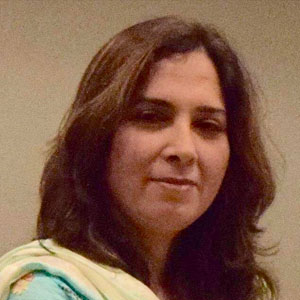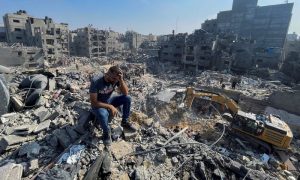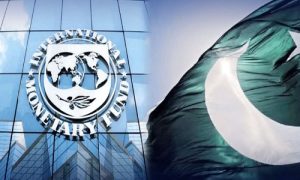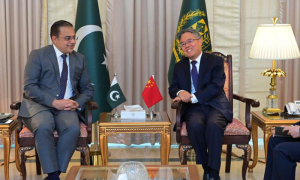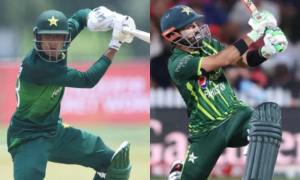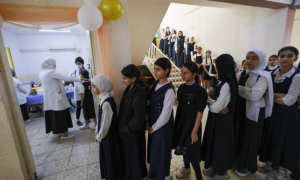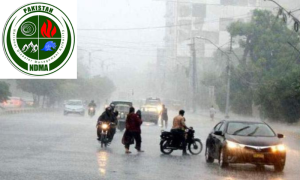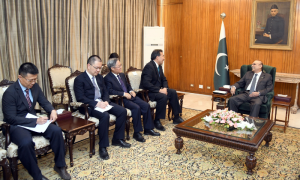Every financial data and news has confirmed that Pakistan is on a financial roller coaster, and without foreign help either through debt, loans or wavers, things may not improve.
Since the coming into power of the Pakistan Democratic Movement’s government on April 11, 2022, Pakistan’s economic performance, especially in the areas of the dollar exchange rate, remittances and deal with the IMF for fresh tranche, has been disappointing. The result is ever-soaring inflation and negative growth.
Since the government has little control over the market price mechanism, the supply side has been minting money on the back of this ignorance. Such is the helplessness of the government that Prime Minister Shahbaz Sharif acknowledged that the Mafias are stronger than the law. This was precisely what Imran Khan used to say, and if one is not wrong, it was during his tenure as the leader of the opposition and Prime Minister that the word Mafia entered the political lexicon.
On one occasion, the Sugar Mill Association of Pakistan (I had an opportunity to work with them briefly) had difficulty removing this tag and was forced to alter its way of doing business. Probably, the decision was to become less corrupt. However, with the so-called regime change, the business-as-usual model and the unabashed mafias returned.
When a prime minister shows helplessness against corrupt business groups, it is translated as a market failure. London School of Economics define market failure as, “When free markets do not maximise society’s welfare, they are said to ‘fail’. Samuelson and Nordhaus, the two most famous economists, have defined market failure as “an imperfection in a price system that prevents an efficient allocation of resources”. In this definition, a flawed price system arising from monopoly, imperfect competition, information asymmetry and externalities is referred to as imperfection.
In short, poor allocation of resources leads to failure, more so when the means to generate resources have fallen apart.
The treasury, we know, has dried up because of the inefficient taxation system and the imbalance between the government’s income and expenditures. However, while the brunt of economic inefficiencies is passed on to the people, those sitting at the helm of the affairs have had little difficulty gathering the windfall either in the category of salaries—the PM has one of the largest cabinets in the world—perks and the discretionary budgets to the parliamentarians.
On May 24, 2023, the Economic Coordination Committee (ECC) approved 36.2 billion in supplementary grants, including Rs 20 billion for the Sustainable Development Goals Achievement Programs (SAP)—a term used for discretionary spending by lawmakers. This brings the total allocation for such schemes to Rs 111 billion. Earlier, the present government—just a year in power—had approved Rs 70 billion for these schemes. Hence it was the fourth approval by the ECC for a supplementary grant for SAP.
The question is: where did the money come from?
According to the ECC, the budget for educational institutions, innovation support projects and the backward districts of Pakistan were sacrificed to finance the SAP.
Was it the right thing to do—take away funds from a development project to finance another? To answer this question, we would have to look at the purpose of the SDGs.
Sustainable Development Goals 2030 were developed as an alternative to the millennium development goals after it expired in 2015. This framework of 17 development goals directs governments, organisations and individuals to work together for an equitable and sustainable future.
Sustainability is different from development; in the case of the former, no reform is valuable if it is detrimental to the future generation. On the other hand, development that brings prosperity today may turn out to be a source of misery in future, as has happened in the case of nuclear plants. Therefore, ‘sustainable development’ only together can preserve the planet’s future.
The term sustainable development was first used in the Brundtland Commission Report entitled “Our Common Future,” and it was defined as “development that meets the needs of the present without compromising the ability of future generations to meet their own needs.”
The 17 SDGs are:
- No Poverty
- Zero Hunger
- Good Health and Well-being
- Quality Education
- Gender Equality
- Clean Water and Sanitation
- Affordable and Clean Energy
- Decent Work and Economic Growth
- Industry, Innovation, and Infrastructure
- Reduced Inequalities
- Sustainable Cities and Communities
- Responsible Consumption and Production
- Climate Action
- Life Below Water
- Life on Land
- Peace, Justice, and Strong Institutions
- Partnerships for the Goals
All these goals are interlinked and have a singular purpose: to improve the life of the people. None of these SDGs can be achieved without investing in education, supporting innovative projects, and uplifting the backward areas. When education, innovation and elimination of backwardness are aligned with SDGs, then how does it explain taking funds away from one to benefit the other?
Only one thing explains this paradox—SAP or supplementary grant is just a veneer; the budget was allegedly a political move to sustain the upcoming electoral turf of the electable.









